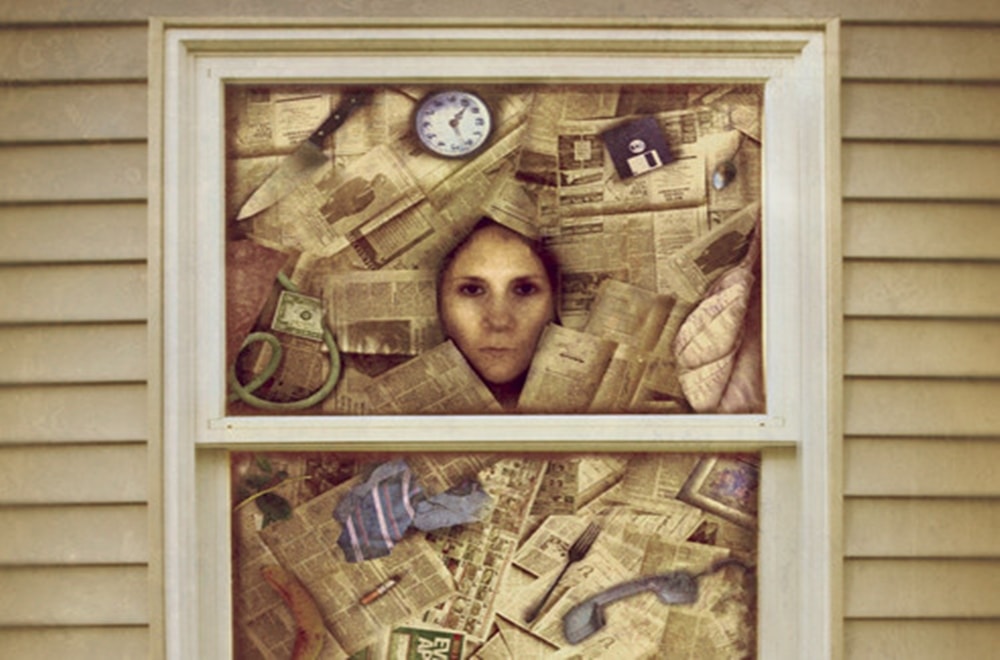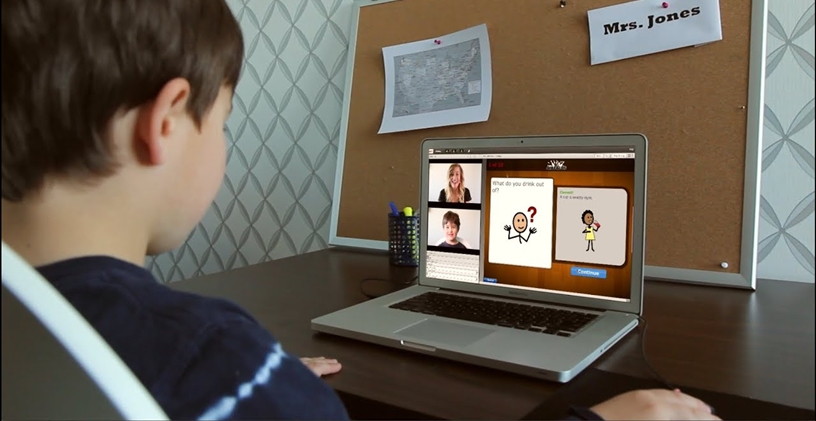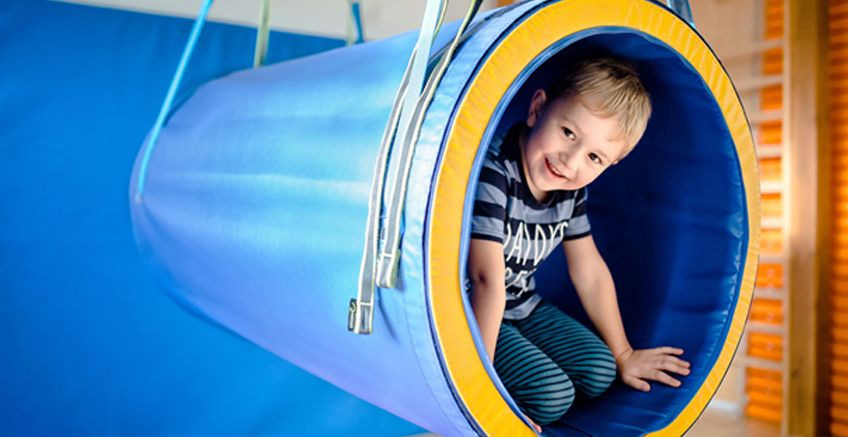Hoarding Disorder

Hoarding disorder is a persistent difficulty discarding or parting with possessions because of a perceived need to save them. A person with hoarding disorder experiences distresses at the thought of getting rid of the items. Excessive accumulation of items, regardless of actual value, occurs.
Hoarding often creates such cramped living conditions that homes may be filled to capacity, with only narrow pathways winding through stacks of clutter. Countertops, sinks, stoves, desks, stairways and virtually all other surfaces are usually piled with stuff. And when there’s no more room inside, the clutter may spread to the garage, vehicles, yard and other storage facilities.
Hoarding ranges from mild to severe. In some cases, hoarding may not have much impact on your life, while in other cases it seriously affects your functioning on a daily basis.
People with hoarding disorder may not see it as a problem, making treatment challenging. But intensive treatment can help people with hoarding disorder understand how their beliefs and behaviors can be changed so that they can live safer, more enjoyable lives.
Symptoms
Getting and saving an excessive number of items, gradual buildup of clutter in living spaces and difficulty discarding things are usually the first signs and symptoms of hoarding disorder, which often surfaces during the teenage to early adult years.
As the person grows older, he or she typically starts acquiring things for which there is no immediate need or space. By middle age, symptoms are often severe and may be harder to treat.
Problems with hoarding gradually develop over time and tend to be a private behavior. Often, significant clutter has developed by the time it reaches the attention of others.
Signs and symptoms may include;
- Excessively acquiring items that are not needed or for which there’s no space
- Persistent difficulty throwing out or parting with your things, regardless of actual value
- Feeling a need to save these items, and being upset by the thought of discarding them
- Building up of clutter to the point where rooms become unusable
- Having a tendency toward indecisiveness, perfectionism, avoidance, procrastination, and problems with planning and organizing
Excessive acquiring and refusing to discard items results in:
- Disorganized piles or stacks of items, such as newspapers, clothes, paperwork, books or sentimental items
- Possessions that crowd and clutter your walking spaces and living areas and make the space unusable for the intended purpose, such as not being able to cook in the kitchen or use the bathroom to bathe
- Buildup of food or trash to unusually excessive, unsanitary levels
- Significant distress or problems functioning or keeping yourself and others safe in your home
- Conflict with others who try to reduce or remove clutter from your home
- Difficulty organizing items, sometimes losing important items in the clutter
People with hoarding disorder typically save items because:
- They believe these items are unique or will be needed at some point in the future
- The items have important emotional significance — serving as a reminder of happier times or representing beloved people or pets
- They feel safer when surrounded by the things they save
- They don’t want to waste anything
Hoarding disorder is different from collecting. People who have collections, such as stamps or model cars, deliberately search out specific items, categorize them and carefully display their collections. Although collections can be large, they aren’t usually cluttered and they don’t cause the distress and impairments that are part of hoarding disorder.
When To See A Doctor
If you or a loved one has symptoms of hoarding disorder, talk with a doctor or mental health professional as soon as possible. Some communities have agencies that help with hoarding problems. Check with the local or county government for resources in your area.
As hard as it might be, if your loved one’s hoarding disorder threatens health or safety, you may need to contact local authorities, such as police, fire, public health, child or elder protective services, or animal welfare agencies.
Causes
It’s not clear what causes hoarding disorder. Genetics, brain functioning and stressful life events are being studied as possible causes.
Risk Factors
- Hoarding usually starts around ages 11 to 15, and it tends to get worse with age. Hoarding is more common in older adults than in younger adults.
Risk factors include:
- Personality: Many people who have hoarding disorder have a temperament that includes indecisiveness.
- Family history: There is a strong association between having a family member who has hoarding disorder and having the disorder yourself.
- Stressful life events: Some people develop hoarding disorder after experiencing a stressful life event that they had difficulty coping with, such as the death of a loved one, divorce, eviction or losing possessions in a fire.
Complications
Hoarding disorder can cause a variety of complications, including:
- Increased risk of falls
- Injury or being trapped by shifting or falling items
- Family conflicts
- Loneliness and social isolation
- Unsanitary conditions that pose a risk to health
- A fire hazard
- Poor work performance
- Legal issues, such as eviction
Other Mental Health Disorders
Many people with hoarding disorder also experience other mental health disorders, such as:
- Depression
- Anxiety disorders
- Obsessive-compulsive disorder (OCD)
- Attention-deficit/hyperactivity disorder (ADHD)
Prevention
Because little is understood about what causes hoarding disorder, there’s no known way to prevent it. However, as with many mental health conditions, getting treatment at the first sign of a problem may help prevent hoarding from getting worse.
References
This article was written by the Mayo Clinic Stuff. You can readf the original text from here.







